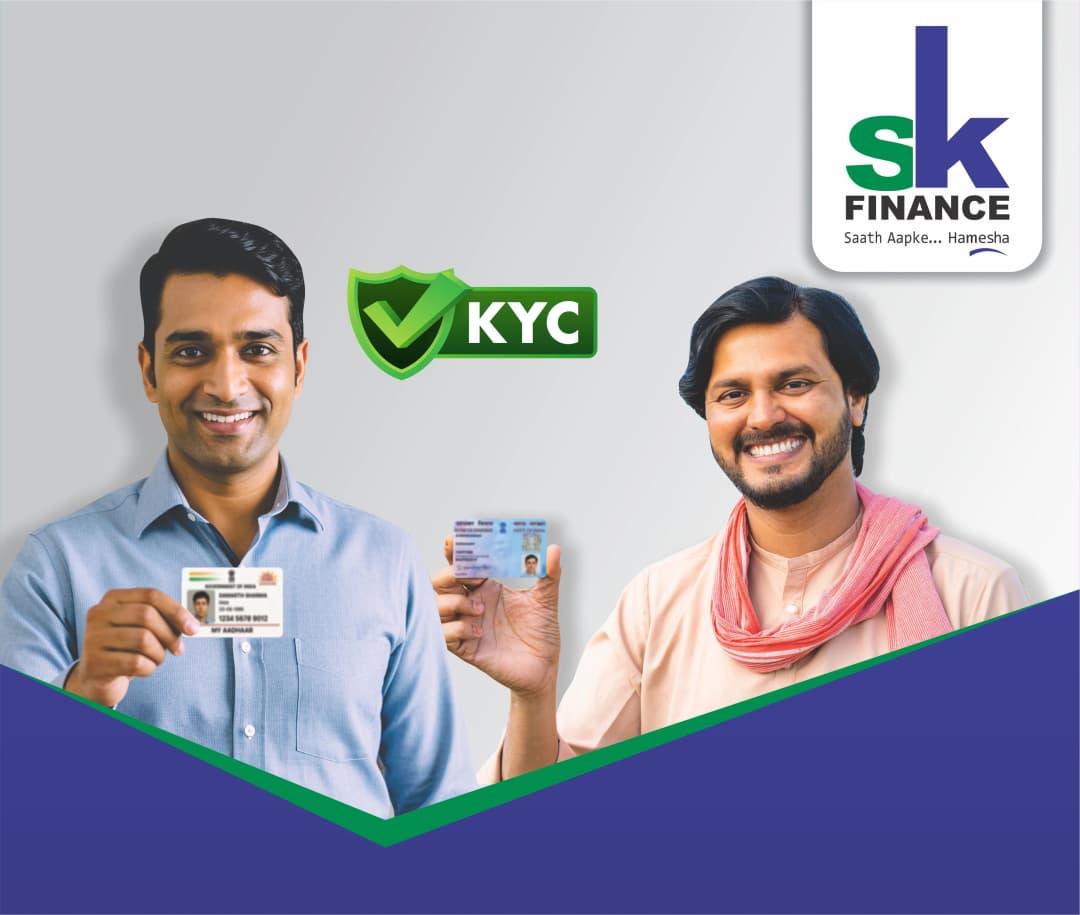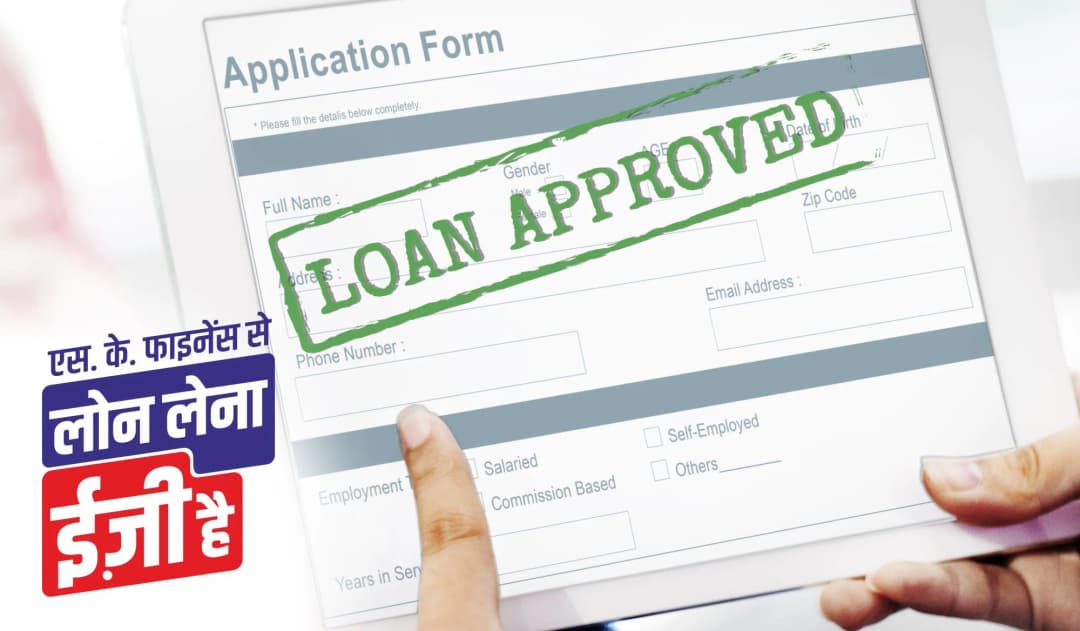Selling a vehicle that still has a loan balance can be handled smoothly, as long as the right steps are followed. Whether you’re changing cars or simply need to sell your current one, it’s important to manage the outstanding loan first.
In this guide, we walk you through the steps to sell a car purchased through a loan.
6 Steps on How to Sell a Financed Car
Below is a clear process to sell a car with a loan, settle the financing, and complete the sale without unnecessary delays.
Step 1: Calculate the Balance of the Car Loan
Start by requesting your loan provider to provide you with a foreclosure statement or settlement letter. The letter gives you the exact amount required to settle the loan as of a specific date. The statement will include the outstanding principal balance, interest, and any foreclosure fees. Ensure you get it in writing since this figure will dictate how you stage the car sale.
If you’re planning to sell a financed car within a few days, ask the financier to hold the quoted amount valid until a specific date, to avoid interest revisions during the process.
Step 2: Communicate the Loan Status to the Buyer
When selling a car that has an existing vehicle loan, transparency is key. Inform the buyer ahead of time that the car is on finance and that you intend to settle the loan. Buyers want a clean transfer of ownership, so they'll want to be assured that the financier no longer has any claim over the car.
Giving the buyer a foreclosure statement and showing when and how the loan would be repaid provides assurance and keeps the buyer engaged.
Step 3: Close the Car Loan
The loan can be closed in either of two ways:
- Clear the balance before selling: Clear the loan amount from your account before transferring your car. Once the financier approves, you will receive the documents required for the removal of the hypothecation entry in the car's registration.
- Pay off the loan using the buyer's payment: This is applied if you cannot afford the money upfront. In this case, the buyer makes the payment to the loan provider directly in the full amount (or part of it) as agreed. After the closure of the loan, you complete the rest of the ownership transfer.
Ensure the transaction is documented correctly, especially if part of the money is used for loan settlement and the rest is paid to you.
Step 4: Obtain All the Necessary Documents
Once the loan has been fully settled, request your financier to provide the following:
- Confirmation letter for loan closure
- No Objection Certificate (NOC)
- Form 35
These documents are required to transfer the vehicle registration and get it de-obligated from any financial lock.
Step 5: Remove Hypothecation From the Vehicle’s RC
The car’s Registration Certificate (RC) will have a hypothecation entry in the name of the loan provider. Visit your local Regional Transport Office (RTO) to apply for hypothecation removal.
You’ll need:
- Original RC
- Loan closure documents (NOC and Form 35)
- Valid insurance and pollution certificate
- Identity and address proof
- Applicable RTO forms and fees
Once processed, the RTO will give you a fresh registration certificate showing you as the absolute owner. Only after this step can you go ahead with the vehicle delivery.
Step 6: Carry Out the Car Sale and Ownership Transfer
After the removal of hypothecation, you can proceed with the sale of the financed car. Draw up a car sale agreement that includes the vehicle’s details, names and addresses of the seller and buyer, selling price, and conditions. Submit the request for transfer on Form 29 and Form 30 to the RTO and obtain all signatures.
Transfer the original RC, insurance papers, and pollution certificate. Keep a signed handover note or delivery letter.
What to Do When the Loan Provider Requires Payment in Full Before Sale
Certain loan providers require payment in full before they release documents. In this case, the loan must be fully cleared using your own funds or temporary financing, such as a short-term personal loan or savings. Once you've settled the car loan balance, you can obtain the release documents and proceed with the sale.
If this is not possible in your situation, speak to your loan provider about alternative arrangements. Some financiers can accept direct arrangements with the purchaser for partial payment for closure.
Conclusion
Selling a financed car is often reliant on the ease of doing business with the loan provider. Difficulty or slow policies can delay the process.
SK Finance is known to offer competitive car loan rates, easy repayment terms, and prompt customer service. Whether you have a financed car for sale or you want to purchase a new or used car, SK Finance offers a seamless and secure experience throughout the loan process.
Visit our nearest branch to discuss the best loan terms and rates for your vehicle needs.





















































